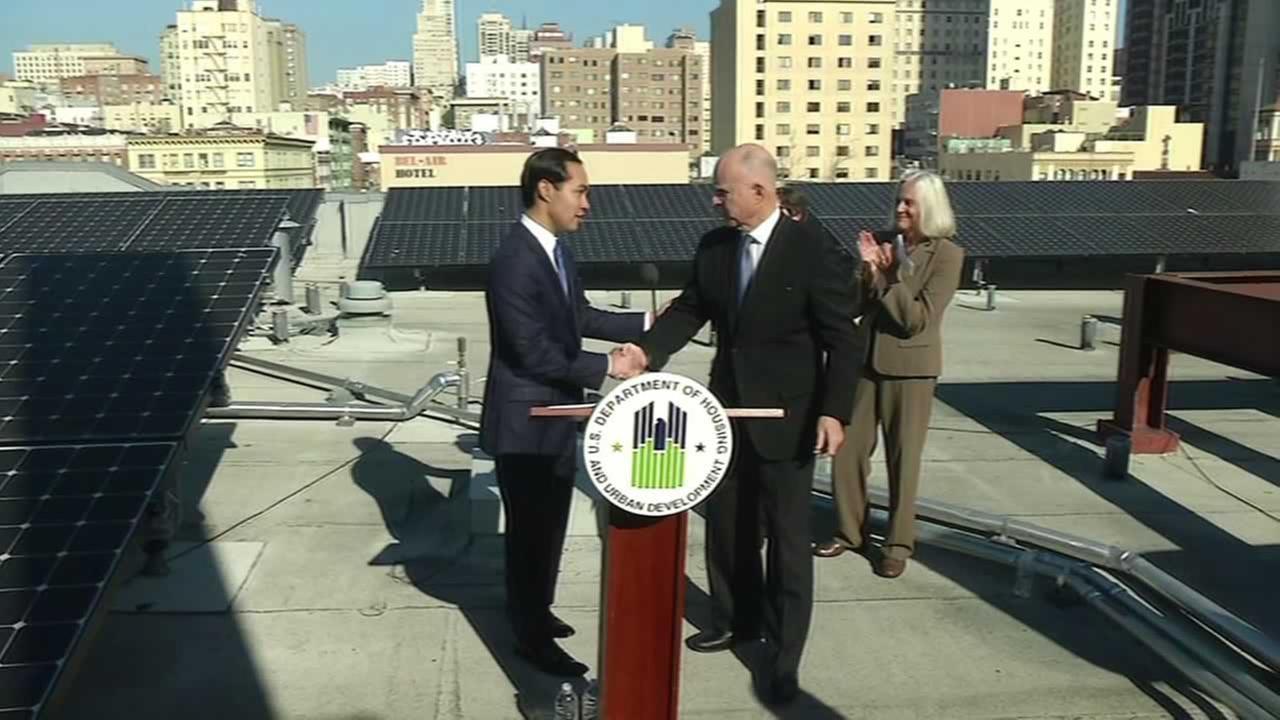Secretary of Housing and Urban Development (HUD) Julian Castro and California Governor Brown announced recently a program to expand financing for solar energy on apartment buildings. This is a step toward the President’s goal of installing 100 megawatts of across across federally subsidized multifamily housing by 2020.
There are over 3 million apartment units in California. According to the new program, solar makes economic sense for multifamily buildings and brings an economic boost to struggling communities. For these reasons, HUD is partnering with California state government to roll out the Property-Assessed Clean Energy (PACE) Financing program for Multifamily Housing. PACE is a mechanism for financing energy efficiency and renewable energy improvements. PACE programs will provide a source of capital to accelerate efficiency retrofits in multifamily housing, making the existing multifamily stock more affordable to renters with low incomes and saving money for consumers and taxpayers.
Governor Brown is establishing a California Multifamily PACE Pilot in partnership with the MacArthur Foundation. The Pilot will enable PACE financing for certain multifamily properties, including specific properties within HUD, the California Department of Housing and Community Development, and the California Housing Finance Agency’s portfolios, opening up financing to an entire segment of commercial PACE projects. Meanwhile, Secretary Castro is issuing guidance clarifying the circumstances under which HUD can approve PACE financing on HUD-assisted and-insured housing in California.
Driving On-Bill Repayment in Affordable Multifamily Properties in California: HUD is committing to support the State of California in creating an innovative California Master-Metered Multifamily Finance Pilot Project. The Pilot will enhance affordable multifamily properties’, which have a substantial majority of a property’s energy consumption billed through a common meter, access to upfront capital for financing energy efficiency improvements, on affordable terms and time frames, and which are repaid through the master meter utility bill. The $3 million program of technical assistance and credit support may include a loan loss reserve and/or a debt-service reserve fund. The pilot is intended to inform project performance and repayment experience while managing finance risk perception.






